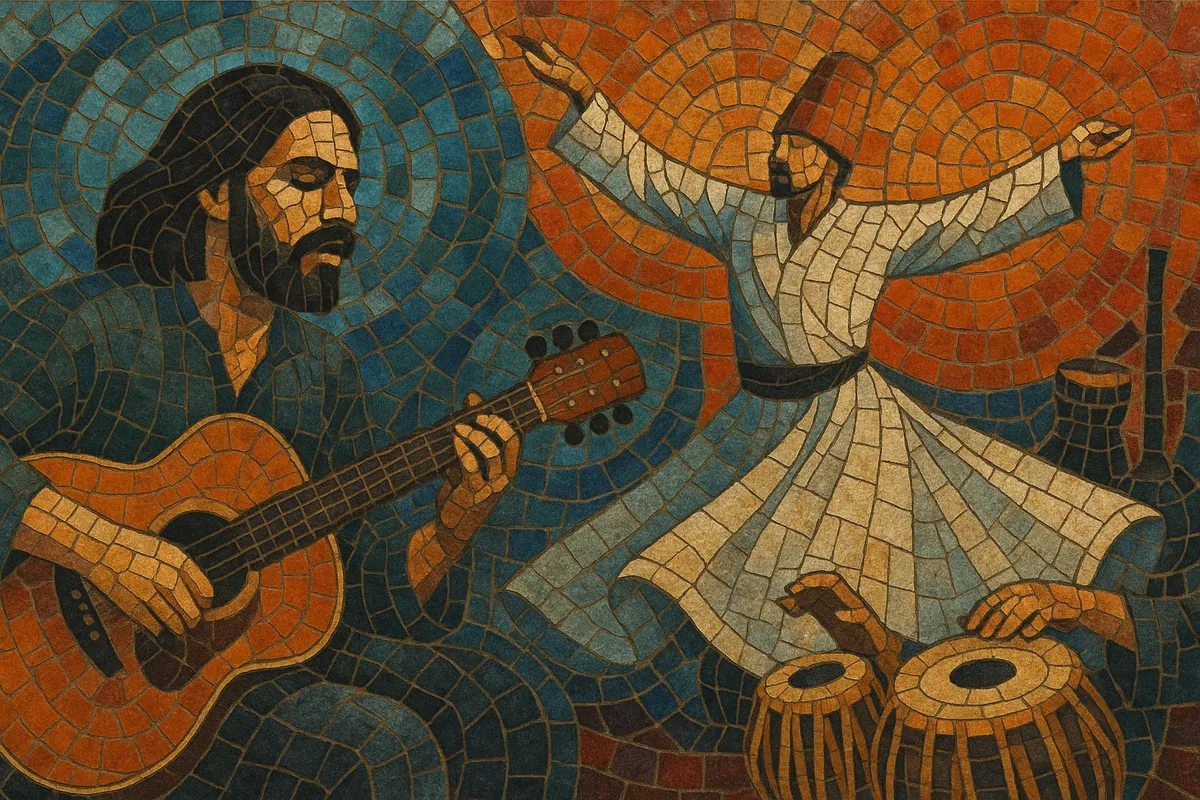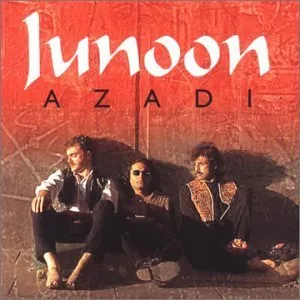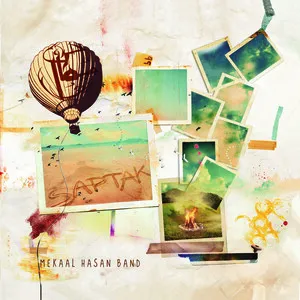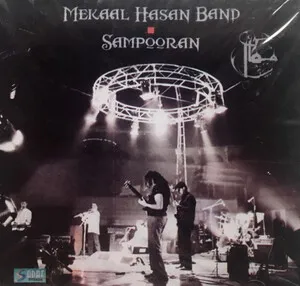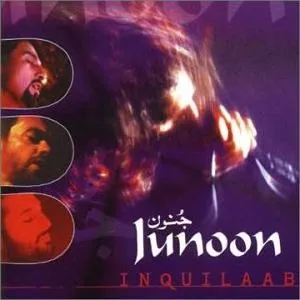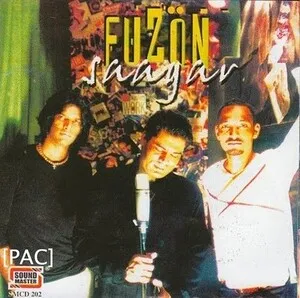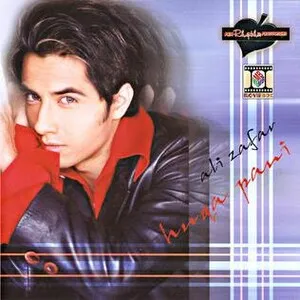Sufi rock is a South Asian fusion genre that blends the ecstatic devotional poetry and vocal practices of Sufism (kalam, ghazal, and qawwali aesthetics) with Western rock instrumentation and song forms.
Its sound typically marries electric guitars, bass, and drum kits with harmonium, tabla/dholak, and call-and-response backing vocals, producing trance-like grooves and climactic, anthemic choruses. Melodically it draws on Hindustani/South Asian modal ideas (e.g., Khamaj/Khmer-like flavors, Mixolydian and Phrygian-dominant modes), while lyrically it uses metaphors of divine love, longing, and transcendence in languages such as Urdu, Punjabi, Sindhi, and Hindi.
The style was crystallized in Pakistan in the 1990s (most prominently by Junoon) and later spread through India and the diaspora via festival stages and televised studio formats (notably Coke Studio), where traditional Sufi repertoires are frequently reimagined in contemporary rock arrangements.
Sufi rock emerged in Pakistan during the early-to-mid 1990s, when rock musicians began setting Sufi poetry to electric arrangements. The band Junoon—often called the "pioneers of Sufi rock"—combined bluesy hard rock riffs, stadium-ready choruses, and qawwali-informed melodies and harmonium/tabla textures. Their success popularized the fusion across South Asia.
Through the 2000s, the approach diversified. Pakistani and Indian acts drew from regional Sufi traditions (Punjabi, Sindhi) and Hindustani classical colors, mixing them with alternative and psychedelic rock. Television and studio platforms (especially Coke Studio Pakistan) accelerated the crossover, pairing rock rhythm sections with folk/Sufi vocalists and canonical texts. This period broadened the audience and repertoire beyond band originals to revitalized classics.
In the 2010s, Sufi rock became a recognizable performance format at festivals and on live TV sessions, with evolving production—bigger guitar textures, denser vocal choirs, and polished, cinematic arrangements. While purist qawwali remains distinct, Sufi rock has become a bridge genre: introducing younger listeners to devotional poetry through contemporary hooks and global rock idioms, and inspiring collaborations across borders and diasporic communities.

